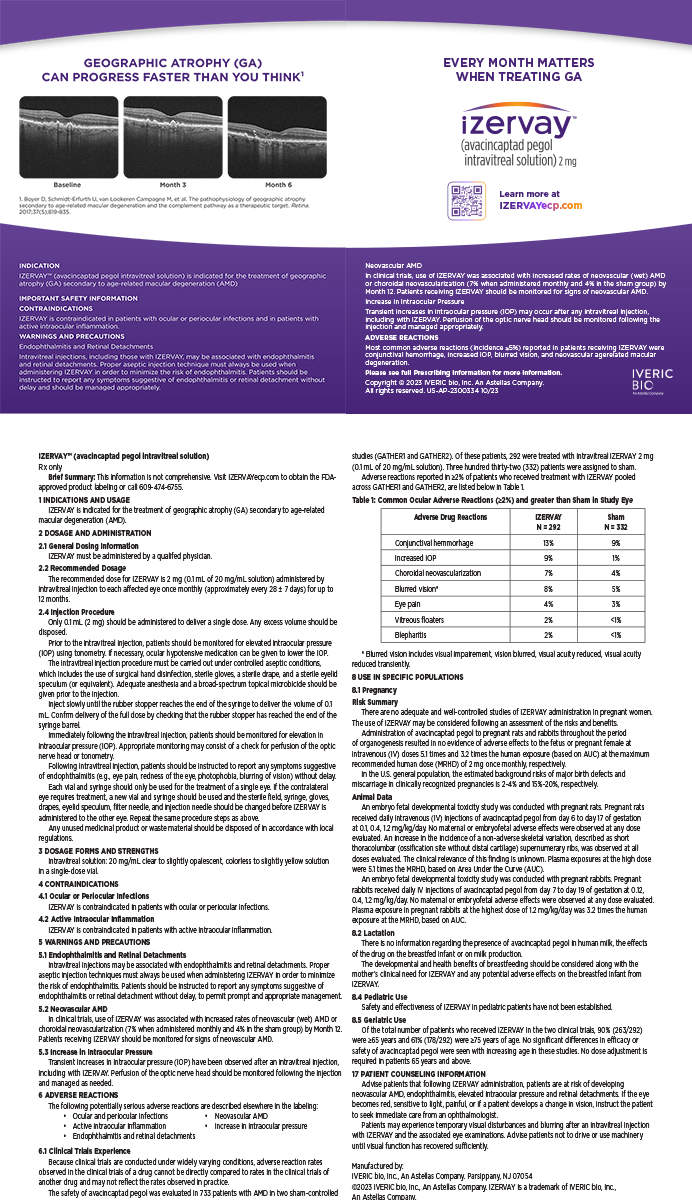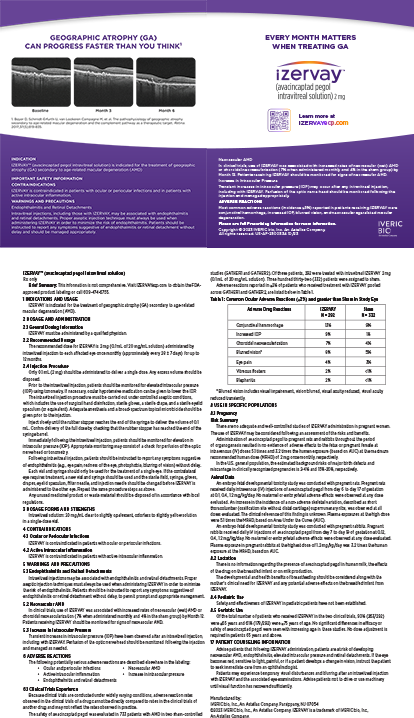Ocular surface disease is the most common problem that ophthalmologists encounter, and it is frequently associated with dry eye disease (DED). Dry eye is complex, involving a combination of aqueous tear deficiency and evaporative stress that leads to inflammation and hyperosmolarity. The discordance between symptoms, clinical signs, and diagnostic test results makes the diagnosis and treatment of DED challenging.1
DED is one of the most frequent complications of ocular surgery, particularly LASIK.2,3 It is also a common problem after cataract surgery, especially when the procedure involves limbal relaxing incisions. It is more frequent in older patients undergoing cataract surgery, and the incisions and medications can worsen preexisting or barely compensated for dry eye symptoms. Most importantly, patients with DED are more prone to suboptimal visual results with their refractive corneal and cataract surgery than individuals without the disease.
Some asymptomatic patients with no history of DED develop very troublesome symptoms, whereas others experience none at all. Worse still, preoperatively distinguishing between these two types of patients can prove difficult with traditional diagnostic tools. The ability to diagnose DED and then counsel and treat the patient, however, has never been more important.
IMMUNOASSAY TEST
The nonspecific inflammatory marker matrix metalloproteinase 9 (MMP-9) has consistently been shown to be elevated in the tears of patients with DED. MMP-9 plays a critical role in wound healing and inflammation.4,5 It is primarily responsible for the pathologic alterations to the ocular surface that lead to a dysfunctional tear film.4,6 MMP-9 activity is significantly elevated, even in mild DED, and may be a more sensitive diagnostic marker than clinical signs. Furthermore, the level of MMP-9 in tears correlates with the clinical severity of the disease.7 InflammaDry (Rapid Pathogen Screening Inc.) is a new, in-office immunoassay that detects elevated MMP-9 in tears in 10 minutes (Figure). This test is currently under FDA 510(k) review but is available outside the United States. Identifying patients with inflammatory dry eye is the first step to better perioperative management of the ocular surface.
DRY EYE AFTER LASIK
LASIK surgery is the most commonly performed vision correction surgery in the United States8 and postoperative DED is a major cause of dissatisfaction.9-11 Although the problem is usually short-lived, rarely, patients complain of severe symptoms.12,13 Other complications such as fluctuating vision, decreased BCVA, and severe discomfort may occur.14
Corneal wound healing after LASIK may be prolonged because of the insufficient attachment between the corneal flap and the corneal bed,15 and it is associated with elevated levels of MMP-9.16 Both dislocation of corneal flaps17,18 and ectasia19 after LASIK appear to be related to corneal wound healing. Also, post-LASIK epithelial ingrowth is associated with elevated MMP-9.16 The incidence of epithelial ingrowth is about 1% after LASIK20 and develops in the interface through one of two known mechanisms: epithelial invasion and epithelial implantation. Compared with patients not suffering from DED, the postoperative health of the ocular surface in individuals with preexisting tear dysfunction is poorer. The latter also have more severe symptoms of tear dysfunction after LASIK, and their corneal sensitivity takes longer to recover.21-23
Nevertheless, patients with preexisting mild to moderate DED can safely undergo LASIK after optimization of their ocular surface. In some cases, care of the ocular surface must continue after surgery.21,24-25Management of the ocular surface during LASIK (as well as long-term management of the tear film and ocular surface) can minimize damage and the risk of adverse outcomes, leading to a reduction in the severity and duration of dry eye symptoms and signs.23 Konomi et al suggested that topical anti-inflammatory therapeutics could normalize the ocular surface and improve the quality of the tear film after LASIK.26
TREATMENT OPTIONS AFTER DIAGNOSIS
In DED, the eye can be white and quiet despite an inflamed tear film. Elevated levels of MMP-9, especially in the setting of artificial tears' not being effective, confirms the diagnosis of DED and should trigger the use of antiinflammatory therapies such as cyclosporine. Because DED is a progressive disorder, the earlier treatment is started, the better the response to therapy will be.27 Sometimes, a short course of topical steroids used simultaneously with the initiation of cyclosporine will help reduce the sting, allow for rapid symptomatic relief, and facilitate better long-term adoption of cyclosporine.28 If additional treatment such as punctal occlusion is required, identifying and treating patients with ocular inflammation first prevents the potential accumulation of inflamed tears that may exacerbate the ocular surface disease. A negative InflammaDry test suggests a noninflammatory cause of DED. At this point, the clinician should evaluate all of the clinical information to determine the best course of action.
CONCLUSION
The perioperative optimization of the ocular surface may improve the outcome of and reduce complications from LASIK and cataract surgery. When available in the United States, the InflammaDry should allow clinicians to make better treatment decisions.
Eric D. Donnenfeld, MD, is a professor of ophthalmology at NYU and a trustee of Dartmouth Medical School in Hanover, New Hampshire. Dr. Donnenfeld is in private practice with Ophthalmic Consultants of Long Island in Rockville Centre, New York. He acknowledged no financial interest in the product or company mentioned herein. Dr. Donnenfeld may be reached at (516) 766-2519; eddoph@aol.com.


